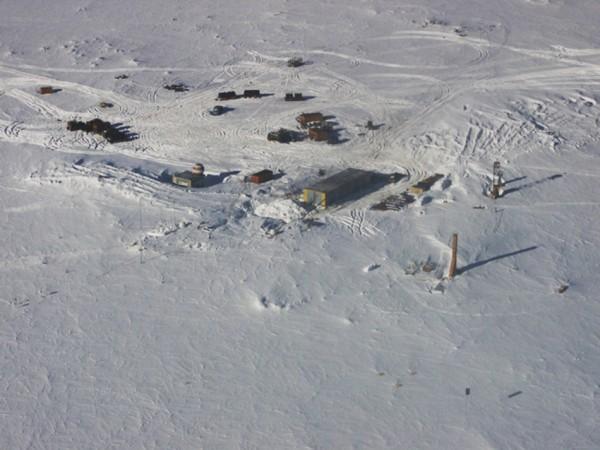
In a first, researchers have found a whale skeleton along with nine new marine species, including a zombie worm, on the ocean floor near Antarctica.
A team of British researchers found the whale bones almost a mile below the surface in an undersea crater. Whales sink to the ocean floor once they die. It is rare for scientists to find the place where the whales' carcasses have fallen. Their final resting place is called a "whale fall."
Until now, only six natural whale skeletons have ever been found across the globe. This is the first time that a whale skeleton has been found on the ocean floor near Antarctica. There are large populations of whales thriving in Antarctica, but whale falls were never studied in this region.
As of now, the only way to find whale bones is by using an underwater vehicle. The research team was exploring an undersea crater near the South Sandwich Islands, when they spotted a 35-foot-long (10.7 metre) spread of whale bones belonging to a southern Minke whale, reported LiveScience.
"We were just finishing a dive with the UK's remotely operated vehicle, Isis, when we glimpsed a row of pale-coloured blocks in the distance, which turned out to be whale vertebrae on the seabed," co-author Dr Jon Copley, at the University of Southampton, UK, said in a statement.
Copley and his team also discovered strange deep-sea creatures teeming on the bones. They collected samples to study them back on land. Based on their analysis, the research team determined that the whale fall might have been on the sea floor for several decades.
The samples also revealed that the small deep-sea creatures thriving on the whale bones are a new species. Researchers found nine new species including "bone-eating zombie worm" known as Osedax and a new species of isopod crustacean that looked similar to woodlice.
The new discovery gives insight into the marine life thriving in the sea depths. Large mammals like whales play a significant role in the ecology of deep oceans by providing a rich habitat of food and shelter to deep sea animals even after their death.
When a whale dies and sinks to the sea floor, the scavengers eat out their flesh. Over time, other marine organisms colonise the whale's skeleton and feed on the remaining nutrients. Even after their death, the whale bones can last from 60 to 100 years, providing support to bacteria and other creatures. Bacteria breaks down the fats stored in the whale bones which in turn provide food for other marine life like zombie worms.
"One of the great remaining mysteries of deep ocean biology is how these tiny invertebrates can spread between the isolated habitats these whale carcasses provide on the seafloor," said co-author Dr Adrian Glover of the Natural History Museum. "Our discovery fills important gaps in this knowledge."
The details of the findings are published online in Deep-Sea Research II: Topical Studies in Oceanography.










